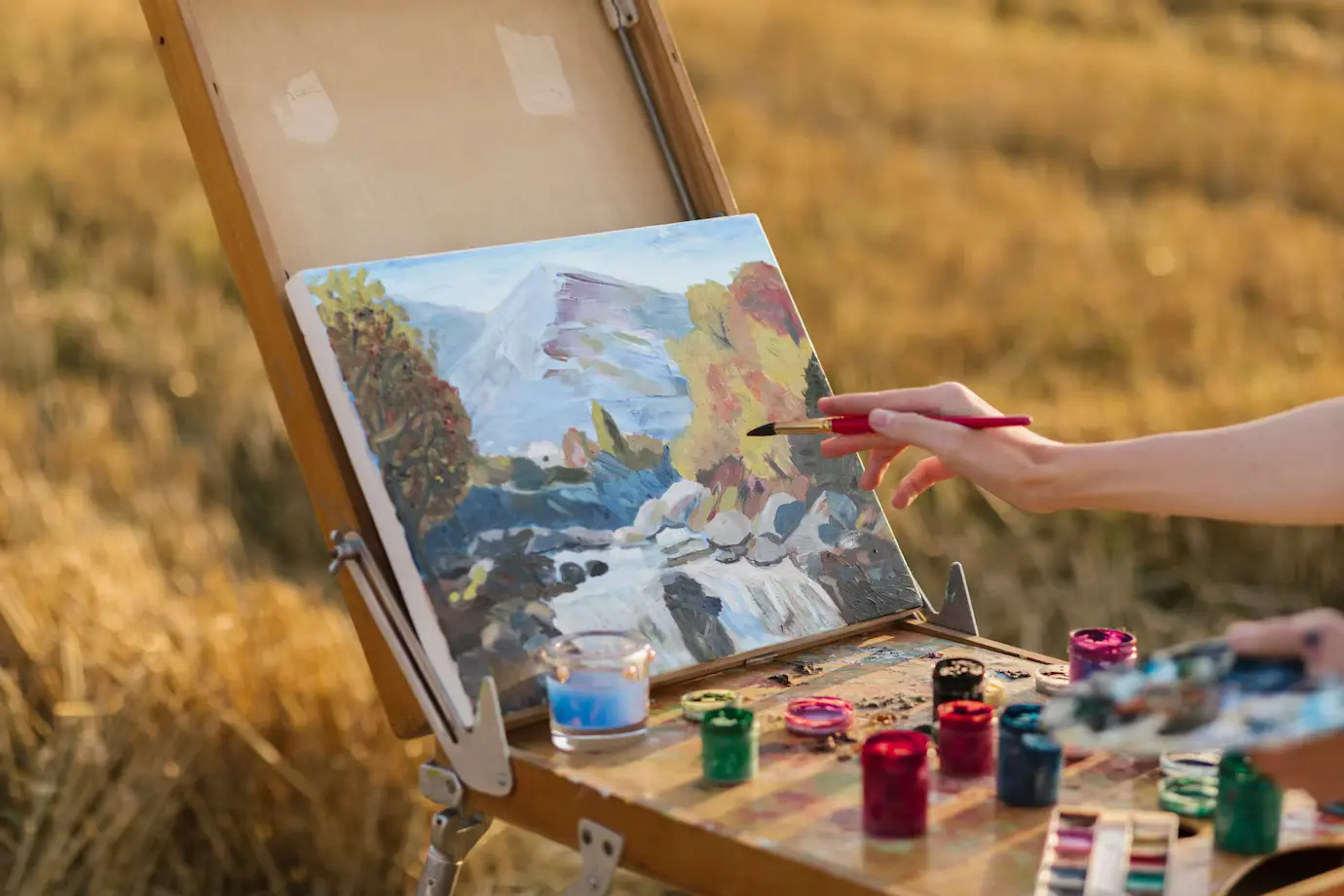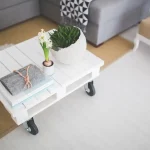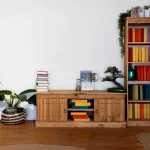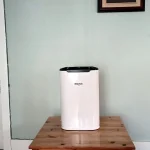Oil painting is a beloved art form known for its vibrant colors and rich textures. However, one of the biggest challenges artists face is waiting for the paint to dry. If you’re new to oil painting or simply curious, understanding the drying times of oil paint is crucial. Let’s dive into the factors that influence drying times and explore some expert insights and personal experiences to help you manage your painting projects effectively.
Factors Affecting Oil Paint Drying Times
Oil paint drying times can vary widely based on several factors. According to Winsor & Newton, “Oil paint drying times vary depending on factors like thickness, pigment, and environment. Generally, it takes several days for the surface to dry, and weeks or even months for the paint to fully cure” (Winsor & Newton website).
1. Thickness of Paint
The thickness of your paint application plays a significant role in drying times. Thicker layers of paint will naturally take longer to dry compared to thinner layers. For example, if you’re applying a heavy impasto technique, expect to wait much longer for your painting to be dry to the touch.
2. Type of Pigment
Different pigments dry at different rates. Some colors contain fast-drying pigments, while others dry more slowly. For instance, earth tones like umbers and siennas tend to dry faster, whereas whites and blacks can take significantly longer. Liquitex notes, “Understanding the drying process is crucial for successful oil painting. Factors like humidity, temperature, and paint thickness can significantly impact drying times” (Liquitex website).
3. Environmental Conditions
The environment in which you paint also affects drying times. High humidity levels and lower temperatures can slow down the drying process, while a warm, dry environment can speed it up. Good ventilation is also essential to ensure proper oxidation, the process by which oil paint dries.
4. Mediums Used
Using mediums can alter drying times. Some mediums are designed to speed up drying, while others may slow it down. Golden Paints explains, “Oil paints dry through a process of oxidation, which can be influenced by various factors. Using mediums can help accelerate drying time, but it’s essential to consider their impact on the final result” (Golden Paints website).
Stages of Drying
Understanding the stages of drying can help you manage your painting process more effectively. According to Chuck Black Art, “The drying process involves different stages, including surface drying, touch drying, and full drying. Be mindful of these stages to avoid damaging your painting” (Chuck Black Art blog).
1. Surface Drying
Surface drying occurs when the top layer of paint is dry to the touch. This can take anywhere from a few hours to several days, depending on the factors mentioned above. However, just because the surface is dry doesn’t mean the paint underneath has fully dried.
2. Touch Drying
At this stage, the paint feels dry to the touch but may still be soft underneath. This phase can take a few days to a couple of weeks. It’s essential to handle your painting carefully during this period to avoid smudging or damaging the paint surface.
3. Full Drying
Full drying, or curing, is when the paint is completely dry all the way through. This process can take weeks, months, or even years, depending on the thickness and type of paint used. During this time, the paint continues to harden and becomes less vulnerable to damage.
Tips for Managing Drying Times
Here are some practical tips and personal anecdotes to help you navigate the drying process of oil paints.
1. Plan Your Layers
When I first started oil painting, I quickly learned the importance of planning my layers. Applying thin layers and allowing each to dry before adding the next can significantly reduce overall drying times. This method also helps prevent cracking, which can occur if the top layer dries faster than the layers underneath.
2. Use Drying Mediums
In one of my early painting projects, I experimented with using different mediums. I found that adding a fast-drying medium like alkyd resin helped speed up the drying process without compromising the paint’s quality. However, it’s essential to test these mediums first, as they can alter the paint’s consistency and finish.
3. Optimize Your Environment
Setting up a proper painting environment can make a big difference. I once painted in a humid, poorly ventilated-room, and it took forever for my work to dry. Now, I ensure my studio is well-ventilated and maintain a moderate temperature and humidity level.
4. Keep a Drying Chart
One of the best pieces of advice I’ve received is to keep a drying chart. Fine Art Tips suggests, “Experimenting with different oil paint brands and mediums can help you understand drying times better. Keep a drying chart to track the performance of your paints under various conditions” (Fine Art Tips website). This practice has helped me anticipate drying times more accurately and plan my projects accordingly.
Expert Insights
Several experts in the field offer valuable insights into managing oil paint drying times.
1. Leatrice Eiseman
Leatrice Eiseman, Executive Director of the Pantone Color Institute, emphasizes the importance of understanding color psychology in interior design, which can also apply to art. “Color psychology plays a vital role in interior design. Understanding how colors affect our mood and emotions can help you create a space that promotes well-being and reflects your personality.”
2. Sally Augustin
Sally Augustin, an environmental psychologist, notes, “The arrangement of furniture and objects within a space can significantly impact how we feel and behave. By considering the psychology of spatial design, you can create environments that foster relaxation, productivity, or social interaction.”
3. Joanna Gaines
Joanna Gaines, a well-known interior designer, shares, “A home should be a sanctuary. Creating a space that feels warm, inviting, and personalized is essential for mental and emotional well-being.”
4. Nate Berkus
Nate Berkus, another prominent interior designer, says, “The way we decorate our homes reflects our identity and values. Incorporating meaningful objects and personal touches can create a space that feels truly yours.”
Research and Studies
While specific scientific studies on oil paint drying times might be limited, research in related fields can offer valuable insights.
1. Journal of Environmental Psychology
This journal publishes research on the relationship between people and their environment, including studies on the psychological impact of interior design. Understanding these principles can help artists create more compelling and emotionally resonant artworks.
2. American Psychological Association (APA)
The APA conducts research on the effects of the environment on human behavior and well-being. Studies on color psychology, spatial design, and home environments can provide valuable insights into how to optimize your painting space.
3. National Institute of Standards and Technology (NIST)
While not focused specifically on psychology, NIST conducts research on building science and human factors, which can inform the design of comfortable and functional living spaces, including art studios.
4. Consumer Reports
Consumer Reports studies on home furnishings and decor can provide data on how consumers choose products and create their living spaces, offering indirect insights into consumer psychology. Understanding these trends can help artists create works that resonate with their audience.
Conclusion
Understanding how long oil paint takes to dry involves considering various factors such as paint thickness, pigment type, environmental conditions, and the use of mediums. By planning your layers, optimizing your painting environment, and keeping a drying chart, you can manage drying times more effectively. Expert insights and research in related fields can also provide valuable guidance, helping you create artworks that are not only visually stunning but also emotionally resonant.
Whether you’re a seasoned artist or just starting, patience and knowledge are key to mastering the art of oil painting. Embrace the process, experiment, and enjoy the journey of creating beautiful and lasting works of art.









